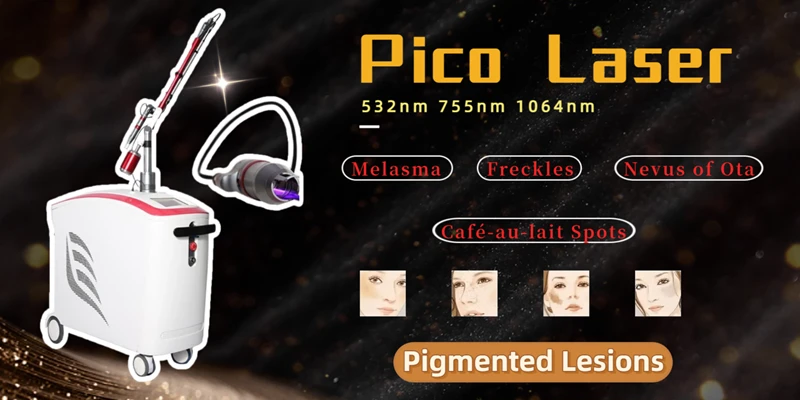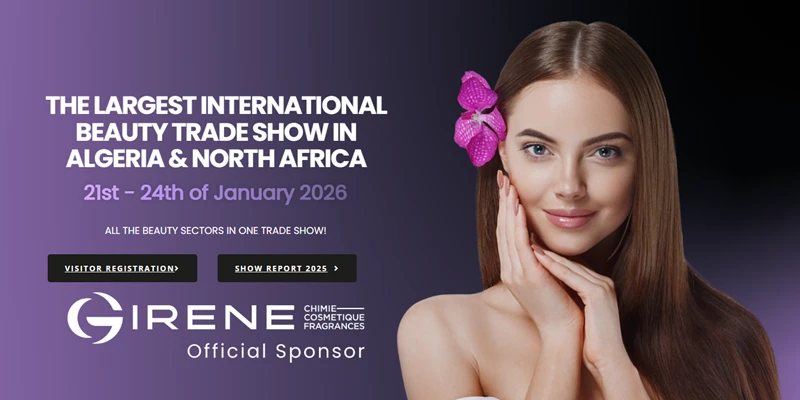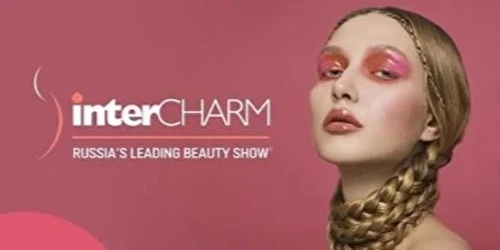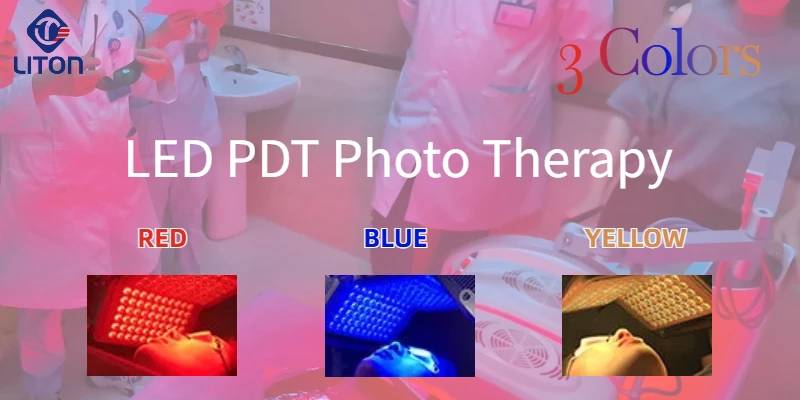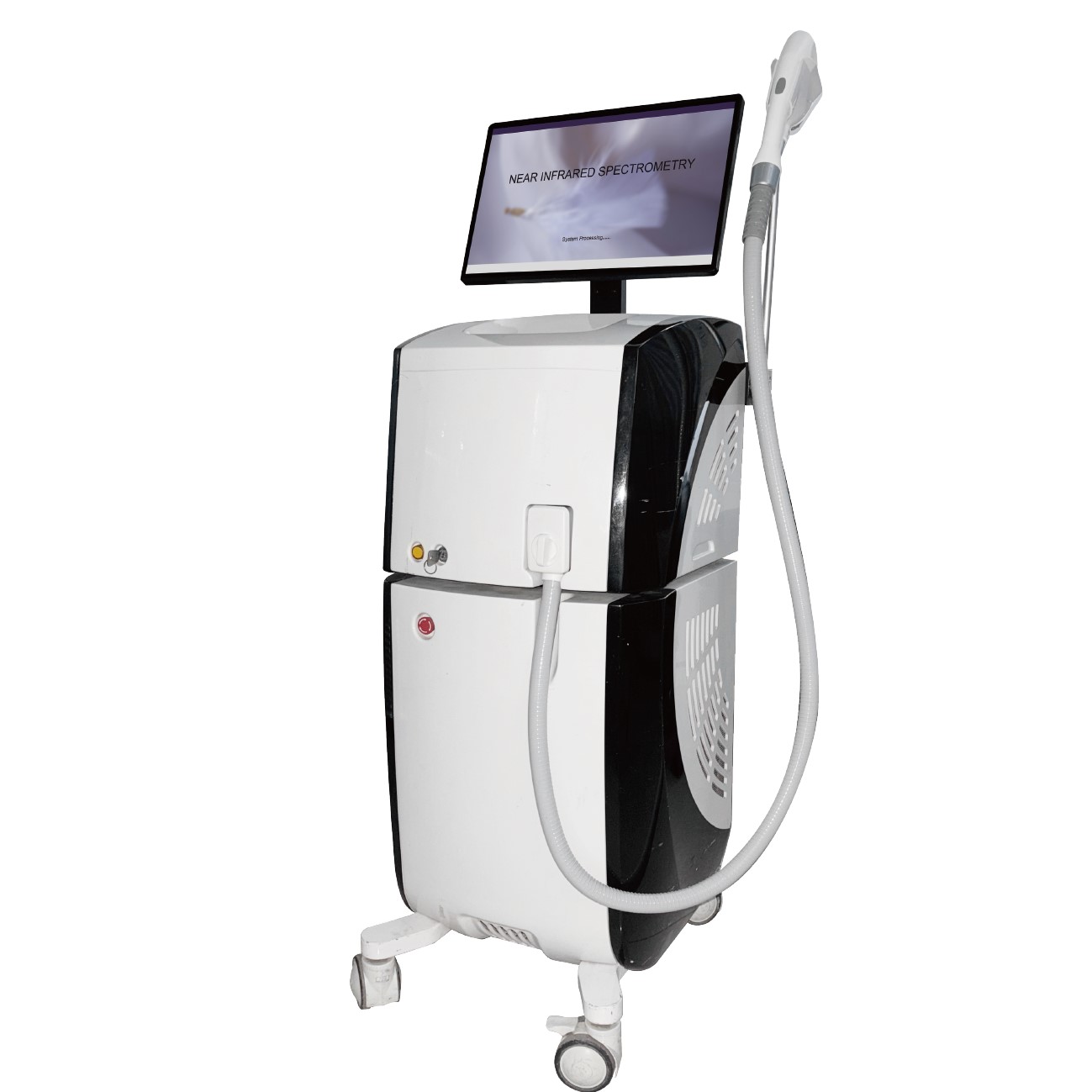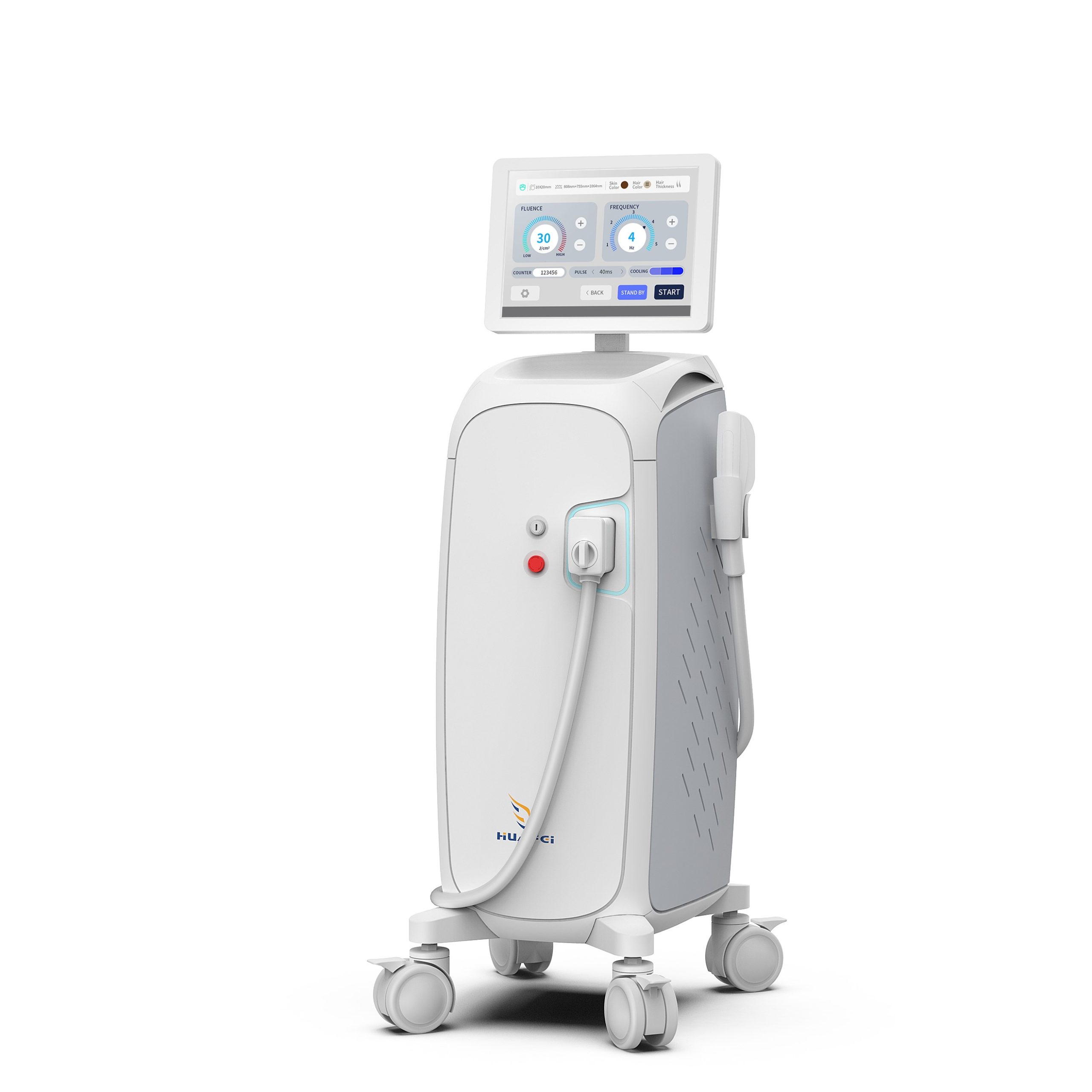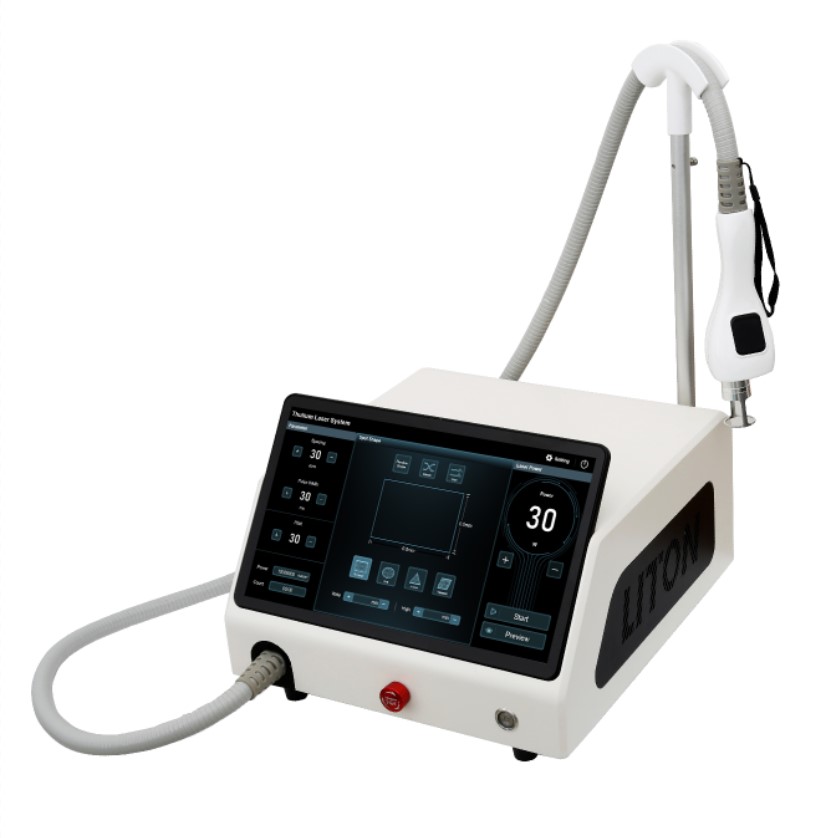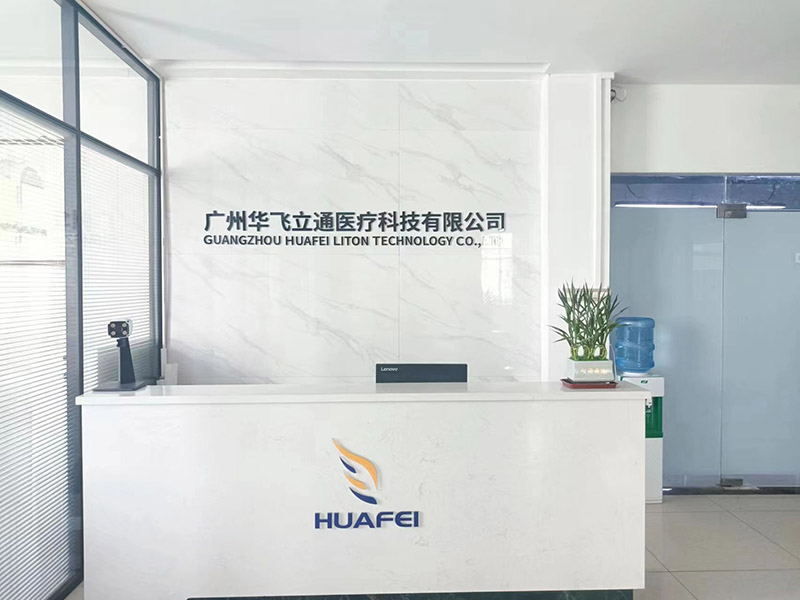Introduction
Acne is a common, chronic inflammatory skin disease of the pilosebaceous follicles that develops during adolescence. Common treatments for acne include topical and systemic therapies, but these have limitations such as long medication cycles, intolerable adverse reactions, antibiotic resistance, and poor patient compliance.
Photoelectric technology is increasingly being used in the treatment of acne. Are all patients with acne suitable candidates for laser treatment? What laser cosmetic devices are recommended for different types of acne? Let’s explore these issues together.
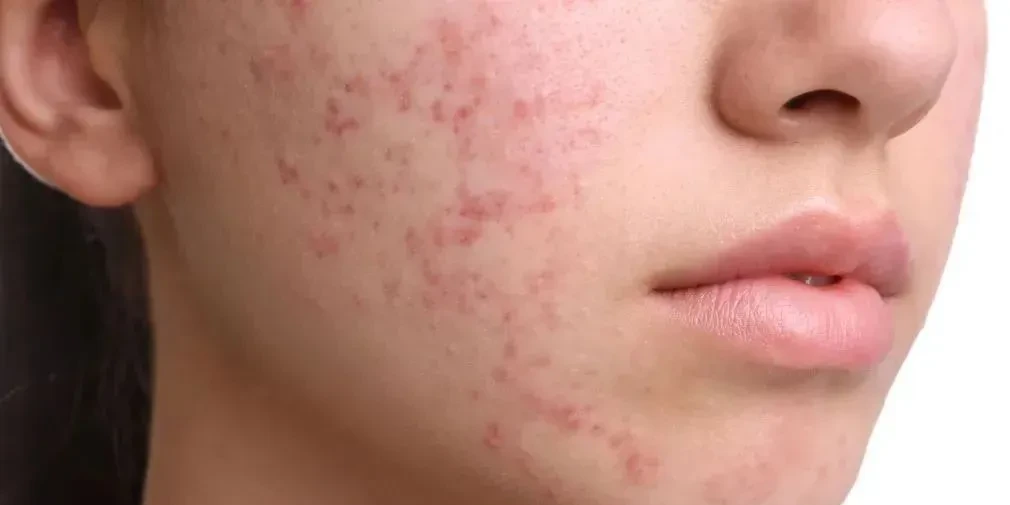
What is Facial Acne?
Acne is a skin disease caused by the activity of Propionibacterium and sebaceous gland secretions. The main types of acne include comedones, papules, pustules, nodules, and cysts, and severe cases may leave scars. Based on the severity and number of lesions, acne vulgaris is categorized as mild, moderate, and severe.
While most patients experience significant improvement or even resolution of acne with age, many still experience persistent acne beyond the age of 25, a condition known as adult acne or post-adolescent acne. The causes of acne are more complex and are closely linked to a variety of internal and external factors, including genetics, endocrine disorders, and improper lifestyle and skincare practices.
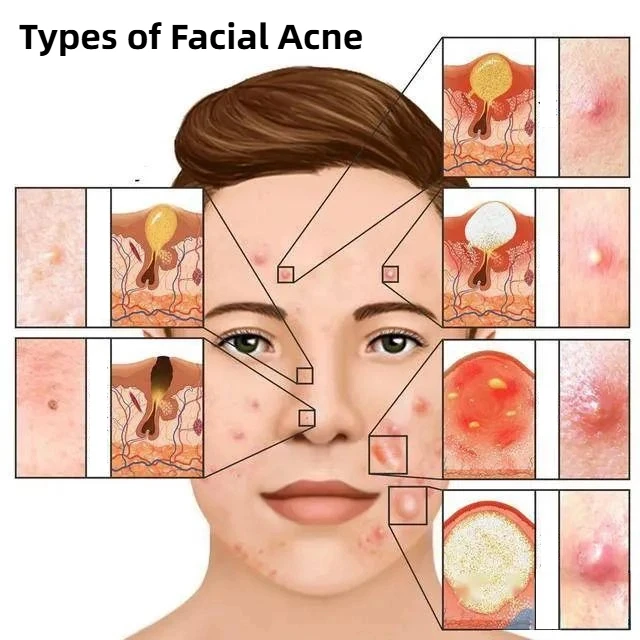
Laser Devices for Acne Treatment
Laser beauty equipment that can treat acne mainly includes photodynamic therapy, intense pulsed light, microneedle radio frequency, Q switch, CO2 fractional laser, thulium laser, pulsed dye laser, etc.
1. LED Photo Therapy Device
The wavelength of light determines how deeply it can penetrate the skin. LED violet and blue light can only penetrate the superficial layers of the skin, while red light can penetrate the deepest layers. Therefore, LED red light, blue light, or a combination of red and blue light can be used to treat acne.

LED phototherapy devices are the most commonly used phototherapy for acne, currently typically using LED light sources. Most practitioners use a combination of red and blue light to maximize the effectiveness of both treatments.
Combined LED red/blue light treatment for acne typically lasts 30 minutes, with the spot 5-7 cm from the facial lesion. The blue light has a peak wavelength of 410 nm, and the red light has a peak wavelength of 630 nm. Treatment is done twice a week for a total of eight sessions, with alternating red and blue light treatments being the primary treatment method (twice a week, with red light applied first and blue light applied later).
Generally speaking, LED red light therapy can be used to treat both acne inflammation and scarring. However, while red and blue light therapy may temporarily reduce acne, it cannot completely eliminate it. Therefore, we generally recommend combining LED red and blue light therapy devices with other laser treatments for optimal results.
2. Intense Pulsed Light (IPL)
Intense pulsed light (IPL) therapy for acne utilizes porphyrins produced by Propionibacterium acnes, which absorb a certain amount of blue light (400-450 nm, with the most effective absorption wavelength being 415 nm) and also absorbs some visible light, such as orange light (590-635 nm) and red light (635-700 nm). Absorption of this light by the porphyrins triggers a photodynamic effect, releasing reactive oxygen species that have a bactericidal effect and stimulates the production of anti-inflammatory and immunomodulatory cytokines.
Hemoglobin primarily absorbs light at a wavelength of 580 nm, while melanin absorbs the entire visible spectrum from 400 to 750 nm. Intense pulsed light (IPL) covers the absorption peaks of both porphyrins and hemoglobin and is also absorbed by water and melanin in skin tissue. This offers a variety of therapeutic benefits, including reducing inflammation, fading dark spots, promoting skin rejuvenation, wrinkle reduction, hair removal, and improving vascular lesions.
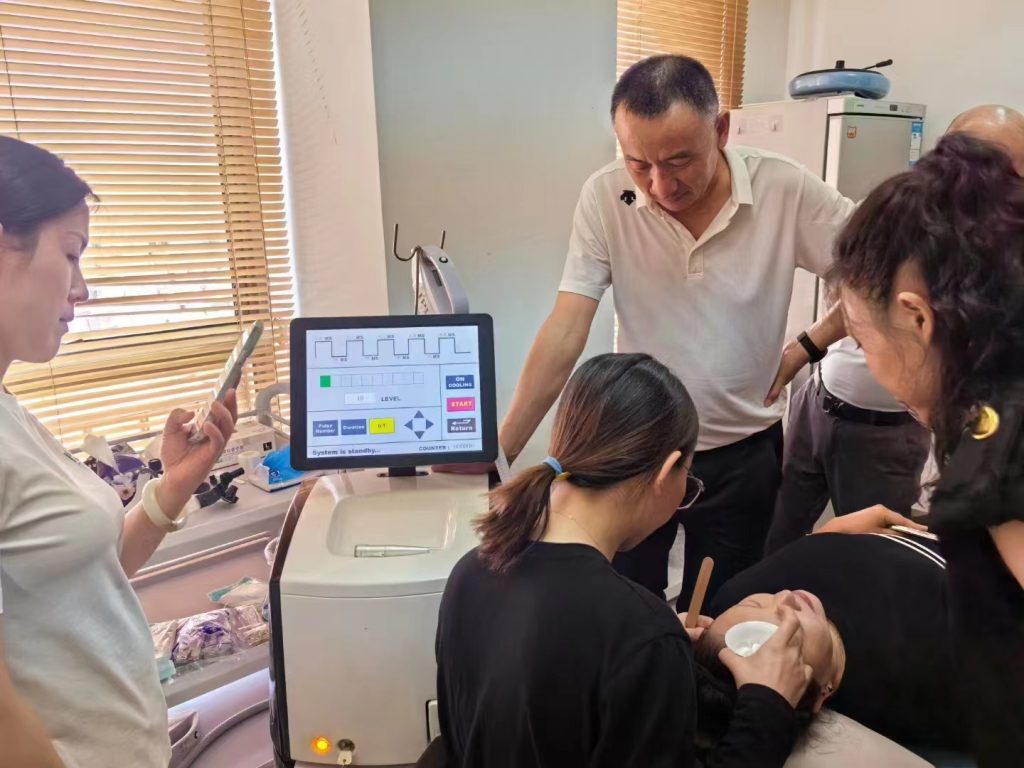
While IPL is currently widely used in the treatment of acne, it still requires comprehensive consideration of various factors, including the choice of filters, energy level, and pulse width.
As a monotherapy, intense pulsed light (IPL) is more suitable for patients with moderate to severe acne who have not responded to conventional topical medications, as well as women whose lesions worsen during menstruation, pregnancy, or when taking progesterone.
For inflammatory acne, IPL is less effective than LED photodynamic therapy. Overall, IPL may not be the optimal treatment for acne, but it is a safe and effective option. In particular, for patients with intolerance to oral retinoids and antibiotic resistance, IPL can be used as a primary or adjunctive treatment for improving acne lesions.
3. Thulium Laser 1927nm
Thulium lasers are long-pulsed infrared lasers. Their primary target tissue is water, with an absorption rate of 130. Because the dermis has a higher water content than the epidermis, the majority of the thulium laser energy during skin treatment passes through the epidermis. This energy is absorbed by the dermis, causing it to heat up. The epidermis forms a nearly translucent window for the thulium laser’s transmission, with a penetration depth of approximately 200-400μm. At higher energy levels, the epidermis can also experience minor thermal damage, vaporization, and subtle scab formation.
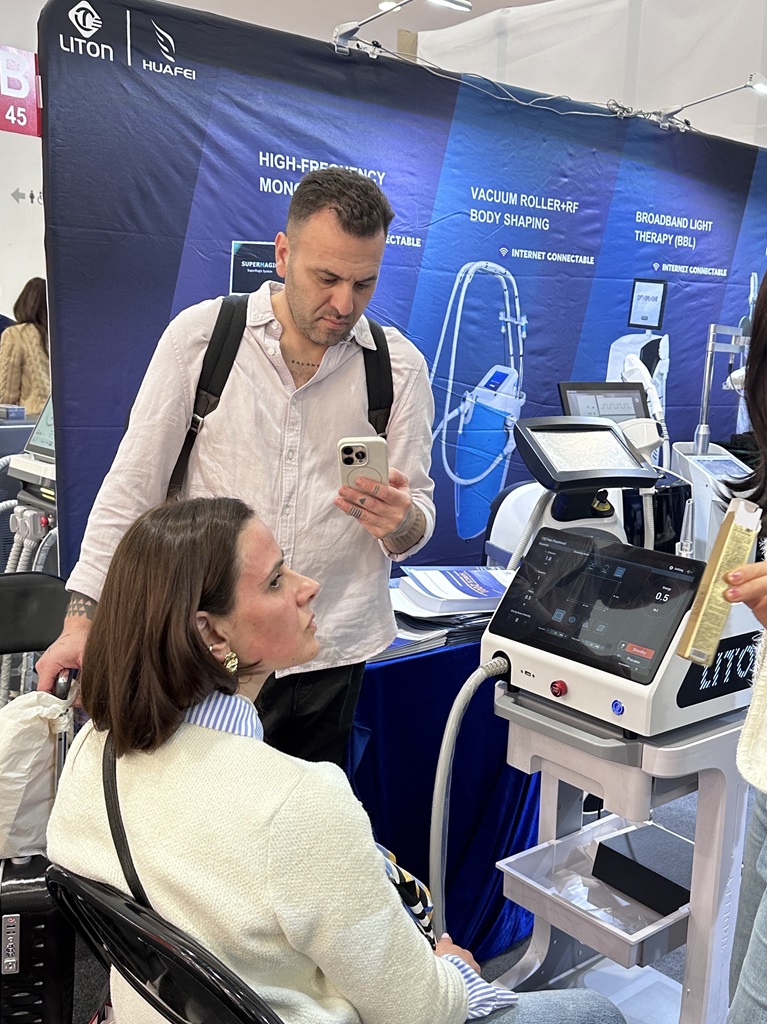
The 1927nm thulium laser effectively kills Propionibacterium acnes and inhibits sebaceous gland secretion through its deep thermal effect. After treatment, the skin’s channels are temporarily opened, allowing patients to apply acne-fighting skincare products, ultimately achieving excellent acne treatment results.
4. Other Laser Equipment
- Q-switched 1064nm Nd:YAG lasers can be used to treat post-acne erythema and post-inflammatory hyperpigmentation.
- Pulsed dye lasers, with wavelengths such as 595nm and 585nm, primarily target hemoglobin, causing endothelial cell degeneration and necrosis, significantly reducing capillary count. They can treat vasodilation associated with acne inflammation, as well as some bright red hypertrophic scars.
- For depressed acne scars, CO2 fractional lasers can be used. Their thermal energy stimulates the skin’s functional mechanisms, accelerating lesion healing and gradually restoring collagen activity and function, thereby repairing scars.
- Microneedle radiofrequency can directly destroy sebaceous glands and is also effective for some acne scars.
Laser Acne Treatment Results
1. Thulium Laser Acne Treatment Results
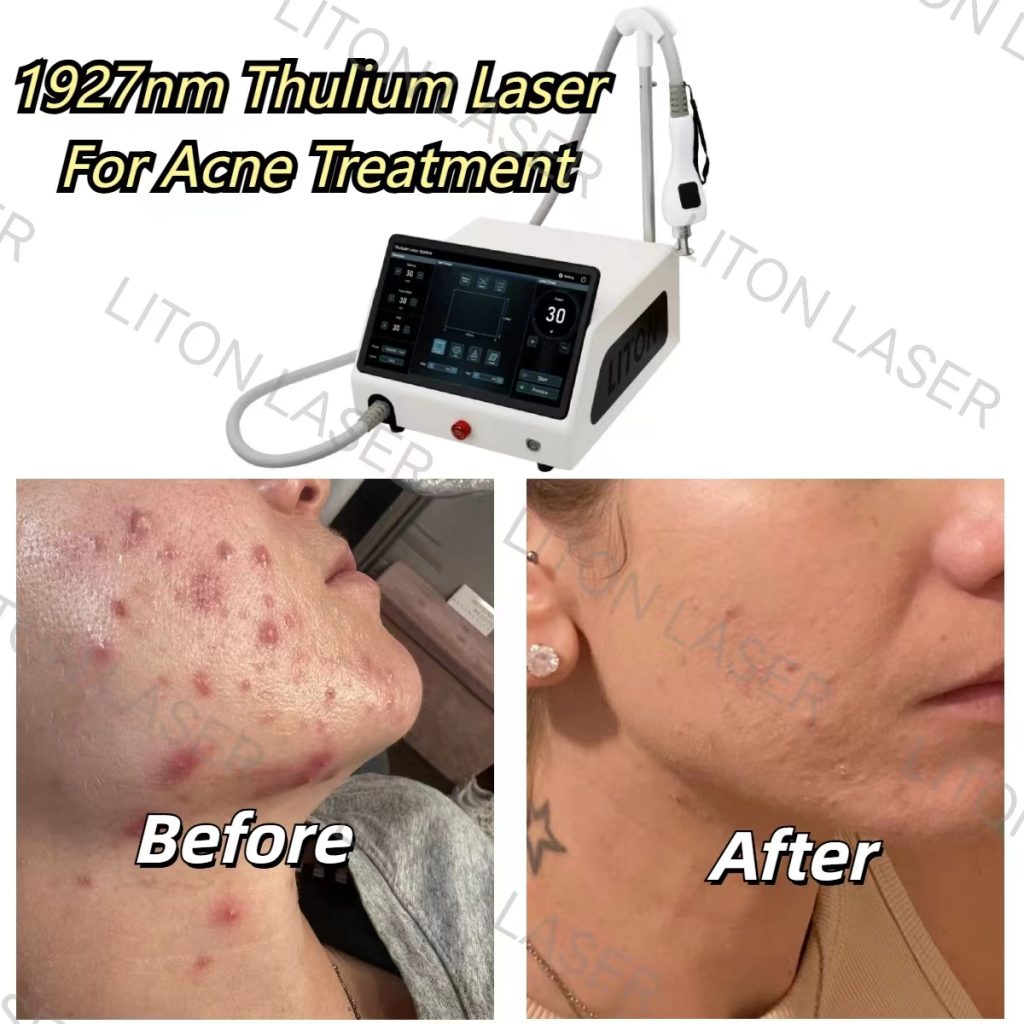
Thulium lasers are very effective for treating acne. After one treatment session with a 1927nm thulium laser, the results shown in the image above were achieved. After treatment, the patient’s facial acne inflammation subsided and the acne area decreased.
If you need to see specific treatment details, please see: Thulium Laser Acne Treatment Before and After.
2. LED Light Therapy for Acne Results
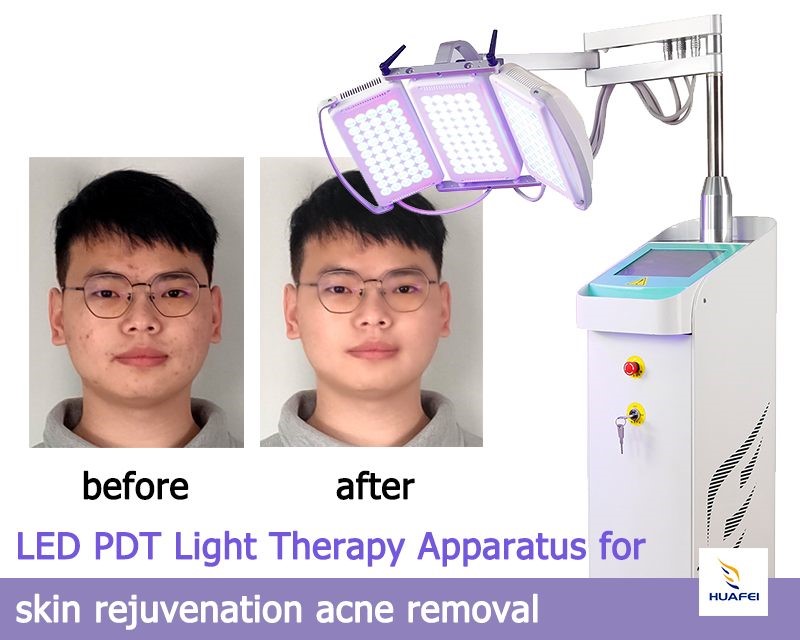
Combining LED blue light therapy with red light therapy can significantly improve acne. The patient in the picture above used 5 sessions of LED photo therapy and achieved very good treatment results. The facial acne has completely disappeared.
If you need to view specific treatment details, please see: Introduction to LED light therapy applications.
3. Results of Fractional CO2 Laser Acne Treatment

Fractional CO2 lasers are a more direct treatment for acne. Through ablative therapy, they disrupt and restructure the epidermis, killing Propionibacterium acnes through focal photothermolysis and regenerative stimulation. After treatment, acne issues can be greatly improved, but the recovery period is usually longer.
If you need to view specific treatment details, please check: Fractional CO2 Laser Acne Treatment.
Which Acne Cannot be Treated with Laser?
- Photoelectric/laser therapy isn’t always appropriate. For acute infectious acne (with purulent bacterial infection), photoelectric/laser therapy may stimulate the spread of inflammation and even increase the risk of systemic infection.
- For severe cystic/nodular acne (uncontrolled inflammation), deep cysts, or immature nodules in the active inflammatory phase, high-intensity laser or radiofrequency therapy may exacerbate pain, redness, and swelling, and even induce scarring.
- Photoelectric/laser therapy should be used with caution in patients with compromised skin barrier, pregnancy, photosensitivity, medication use, a predisposition to scarring, or concurrent skin conditions such as eczema or herpes.
FAQs about Facial Acne Laser Treatment
Q1: What lasers are used for acne treatment?
There are many laser devices for treating acne, commonly used are LED photo therapy machines, IPL intense pulsed light machines, 1927nm thulium lasers, fractional CO2 lasers, Q-switched lasers, dye pulse lasers and microneedle RF.
Q2: How much does laser acne treatment cost?
The price varies depending on the laser used and the area of acne being treated. Laser acne treatment generally costs between $200 and $500 per session, but most patients require four to ten sessions for optimal results, for a total cost of approximately $1,500 to $3,500.
Q3: How to buy high-quality laser for acne treatment?
If you need a full range of lasers for acne treatment, you can look for Liton Laser. We provide high-quality laser equipment that can be used to treat various skin issues and are cost-effective. We are the preferred choice of clinics and beauticians.
Conclusion
Laser is safe and effective in treating acne and post-inflammatory erythema, post-inflammatory pigmentation, scars, etc. The appropriate treatment method should be selected according to the patient’s specific situation.
If you need better laser equipment for acne treatment, feel free to contact aesthetic equipment manufacturer – Liton Laser.


